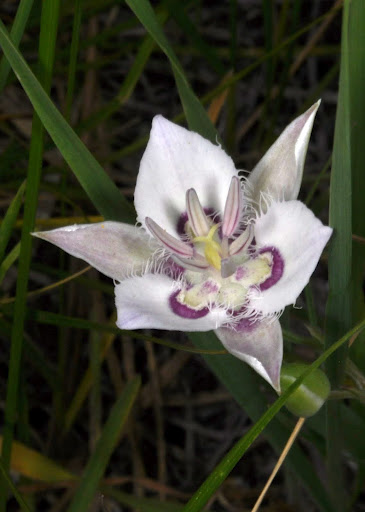|
This is a group of hardy and tender perennials and annuals, commonly known as Buttercups. These plants were originally found in northern England and from Europe to North Africa and West Asia. These plants are suitable for borders, wildflower gardens and stream- and watersides. R. aconitifolius 'Flore Pleno' (Fair-Maids-of-France/Kent) is a very pretty plant that grows 24 to 30 inches high. Its dark green leaves are deeply divided into 3 to 5 lobes. The small, double, pure white flowers are borne in abundance on strong, branching stems, from late spring to summer. R. acris 'Flore Pleno' (Double Meadow Buttercup) grows 18 to 24 inches high and forms clumps of deeply cut and lobed, medium to dark green leaves. In late spring and early summer, a profusion of double, pompon-like flowers are borne atop thin, rigid, branching stems. They are golden yellow with a greenish center. R. aquatilis (The White Water Crowfoot) can be grown in shallow water. In the spring, it covers the surface with white flowers. There are two types of leaves that grow on this plant; one kind is smooth, round and floating and the other is finely divided and hair-like, growing beneath the surface. R. flammula (Lesser Spearwort) can also be grown in the water garden. It produces semi-prostrate, reddish stems, dark green, oval leaves and brilliant yellow flowers. This plant grows up to a foot high.
Pot Cultivation
Grow these plants in moist, fertile, sandy soil in a shaded or partially shaded location. When preparing the ground, dig the soil to a depth of 9 to 12 inches. Add well-decayed compost, leaf mold or well-rotted manure, commercial humus, sedge peat or peat moss; bone meal should also be added at the rate of half a pound per 10 sq. feet of surface. The tuberous roots should be set 6 to 8 inches apart and 3 inches deep, with the points of the claws downward. Keep the surface of the soil loose by hoeing or by mulching with peat moss, leaf mold or some other material. Don't let the soil dry out. Care should be taken when growing Buttercups as some varieties may become invasive. When planting the aquatic varieties, plant in 1- or 2-gallon containers and set in water up to 2 inches over the crown. They may be grown in full sun or partial shade.
 |
 |
R. insignis |
R. Lyallii |
Propagation
Buttercups may be divided in the spring or fall. Seeds may also be sown in the spring.
Species & Varieties
- R. aconitifolius & var. flore-pleno;
- R. acris & var. flore-pleno;
- R. alpestris;
- R. amplexicaulis;
- R. aquatilis;
- R. circinatus;
- R. bulbosus & var. flore-pleno;
- R. Ficaria & var. albus, grandiflorus, cupreus;
- R. rutifolius;
- R. asiaticus;
- R. repens pleniflorus;
- R. bilobus;
- R. alpestris;
- R. Buchanani;
- R. crenatus;
- R. glacialis;
- R. Gouani;
- R. montanus;
- R. gramineus & var. grandiflorus;
- R. insignis
- R. Lyallii;
- R. Lingua & var. grandiflora;
- R. parnassifolius;
- R. pyrenaeus;
- R. Thora;
- R. flammula.
|